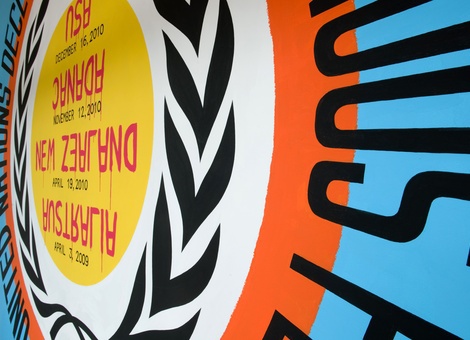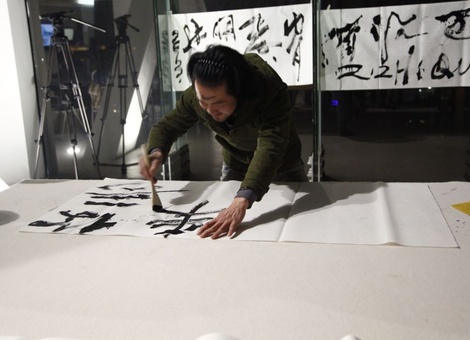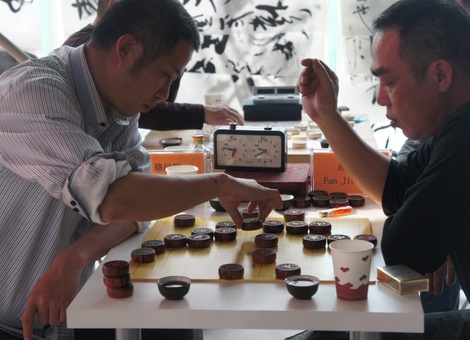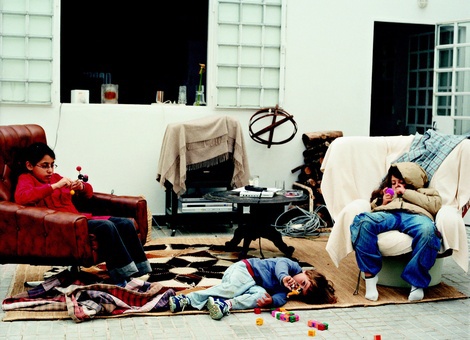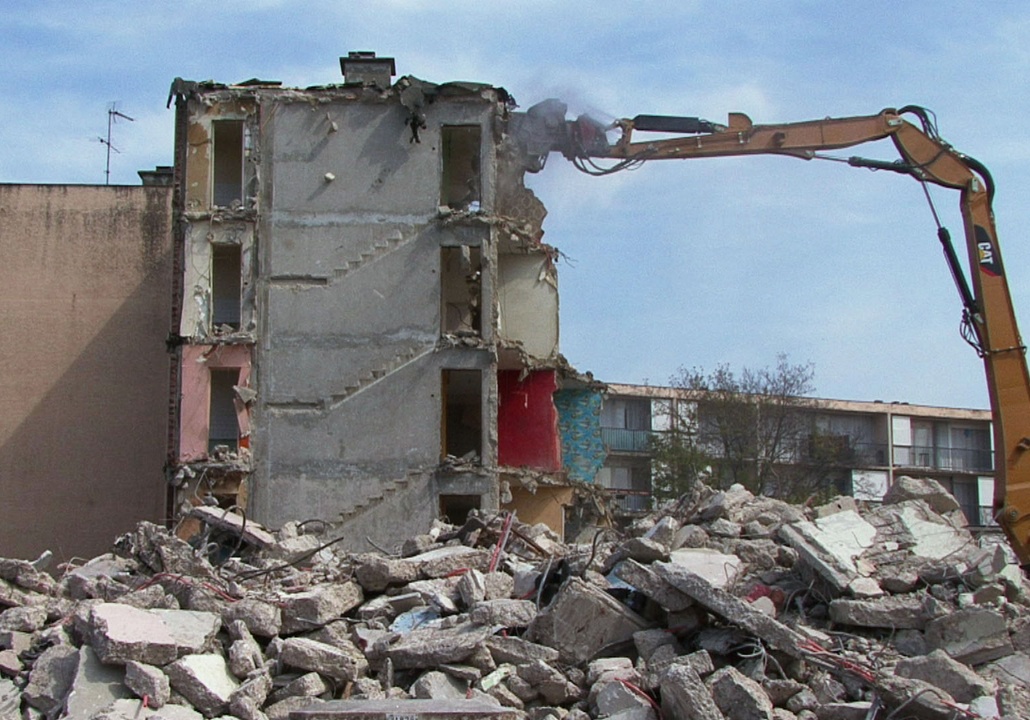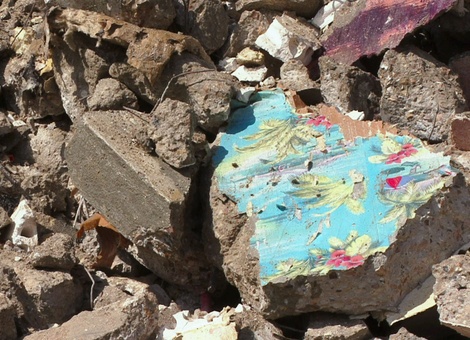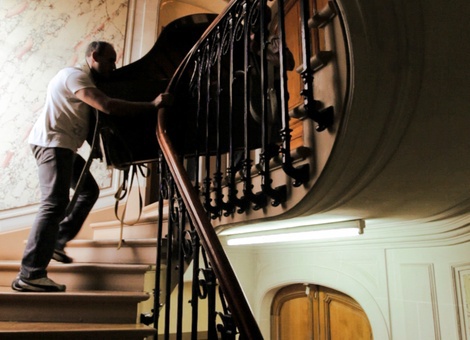Saffronn Te Ratana, Ngataiharuru Taepa and Hemi Macgregor
Venue

Ka Kata Te Po, 2011
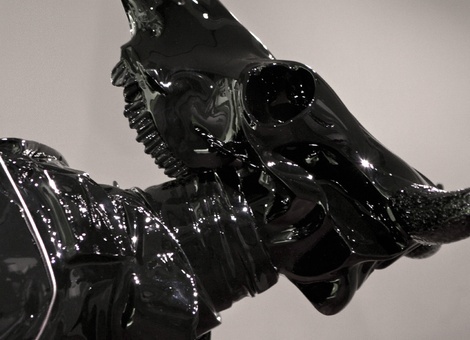
Ka Kata Te Po, 2011
Hemi Macgregor
Born 1975, Ngāti Rakaipaaka, Ngati Kahungunu, Ngāi Tūhoe
Lives and works Paekakariki and Wellington, New Zealand
Saffronn Te Ratana
Born 1975, Ngāi Tūhoe
Lives and works in Palmerston North, New Zealand
Ngataiharuru Taepa
Born 1976, Te Arawa, Te Ati Awa
Hemi Macgregor, Saffronn Te Ratana and Ngataiharuru Taepa are leading contemporary Māori artists who collaborate to combine their individual practices. Collaboration is an essential element of tikanga Māori (customary values). Drawing from shared indigenous experiences the group created Ka kata te po, 2011 first shown at Te Manawa Art Gallery. This is a large installation that explores the expressions of tribal mana motuhake (authority) and the state’s suppressions of tribal voices. Earlier collaborative projects include Tu te manu ora i te Rangi, 2008 a mixed-media installation which explores the relationship between the atua (deity) Tāne and Rehua, a subject the artists have explored in their own individual practices and collectively.
Selected exhibitions (collaborative):
Ka Kata Te Po, Te Manawa Art Gallery, Palmerston North, 2011; Tu te manu ora i te Rangi, Thermostat Gallery, Palmerston North, 2008. Selected exhibitions (group): Double Vision: When Artists Collaborate, Pataka Museum of Arts, Porirua, 2010.
’... strength in mana tupuna (authority of ancestors), mana atua (spiritual and ancestral realms) and mana whenua (the power of land).’
Huhana Smith, artist and independent Māori art/visual culture specialist,
Ka kata te po
2011
Auckland Art Galleryinstallation with painted cardboard and fibreglass figure
dimensions variable
courtesy of the artists
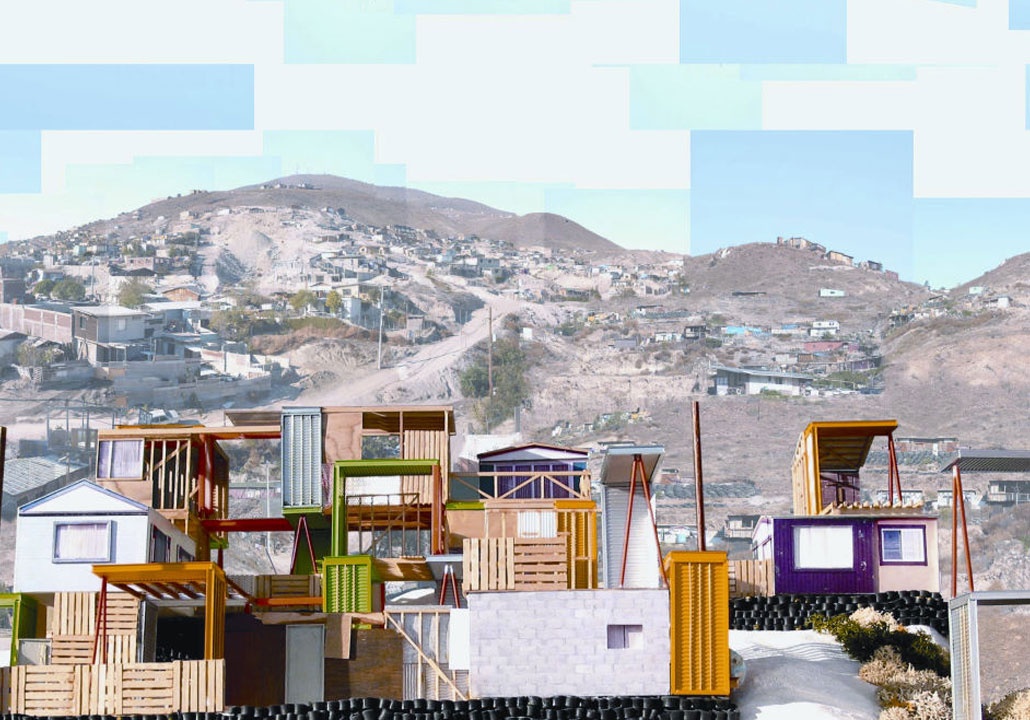

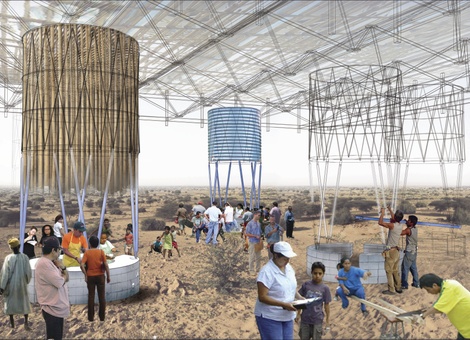
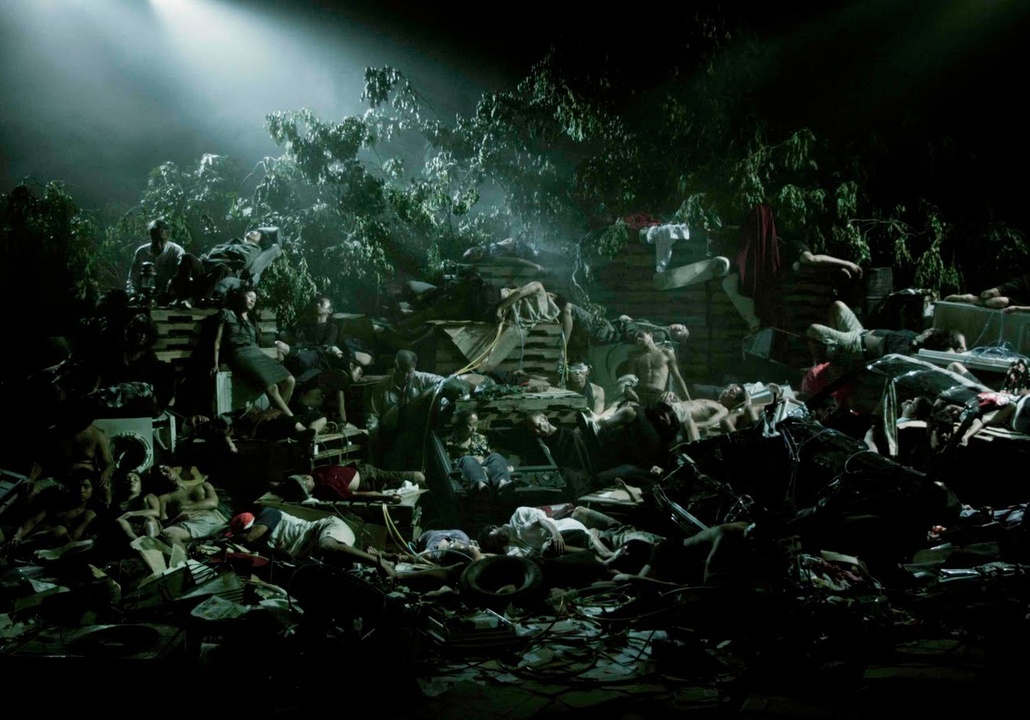
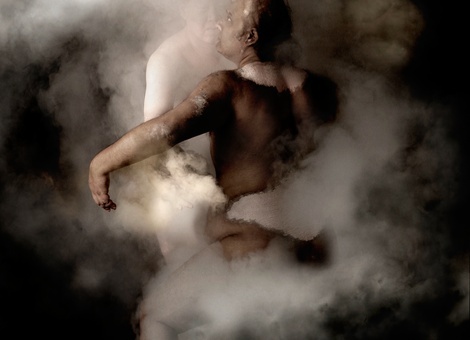
![test pattern [live set], 2008, photograph by Liz Hingley](/media/cache/a8/4a/a84ad52470801916c2979ab95304940f.jpg)
![A [for 6 silos]](/media/cache/2c/f4/2cf4a025b3b51f1fde293c244295a466.png)

